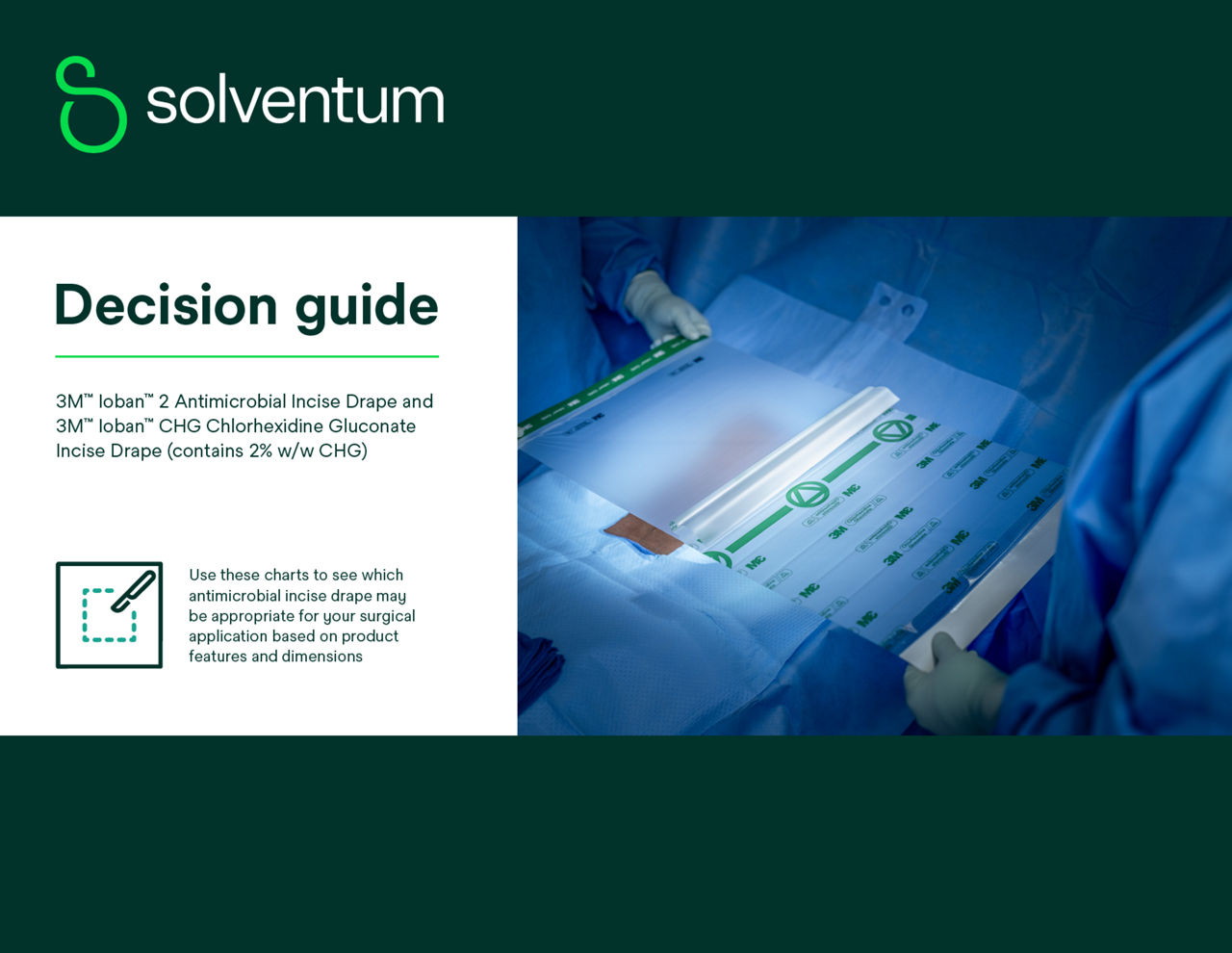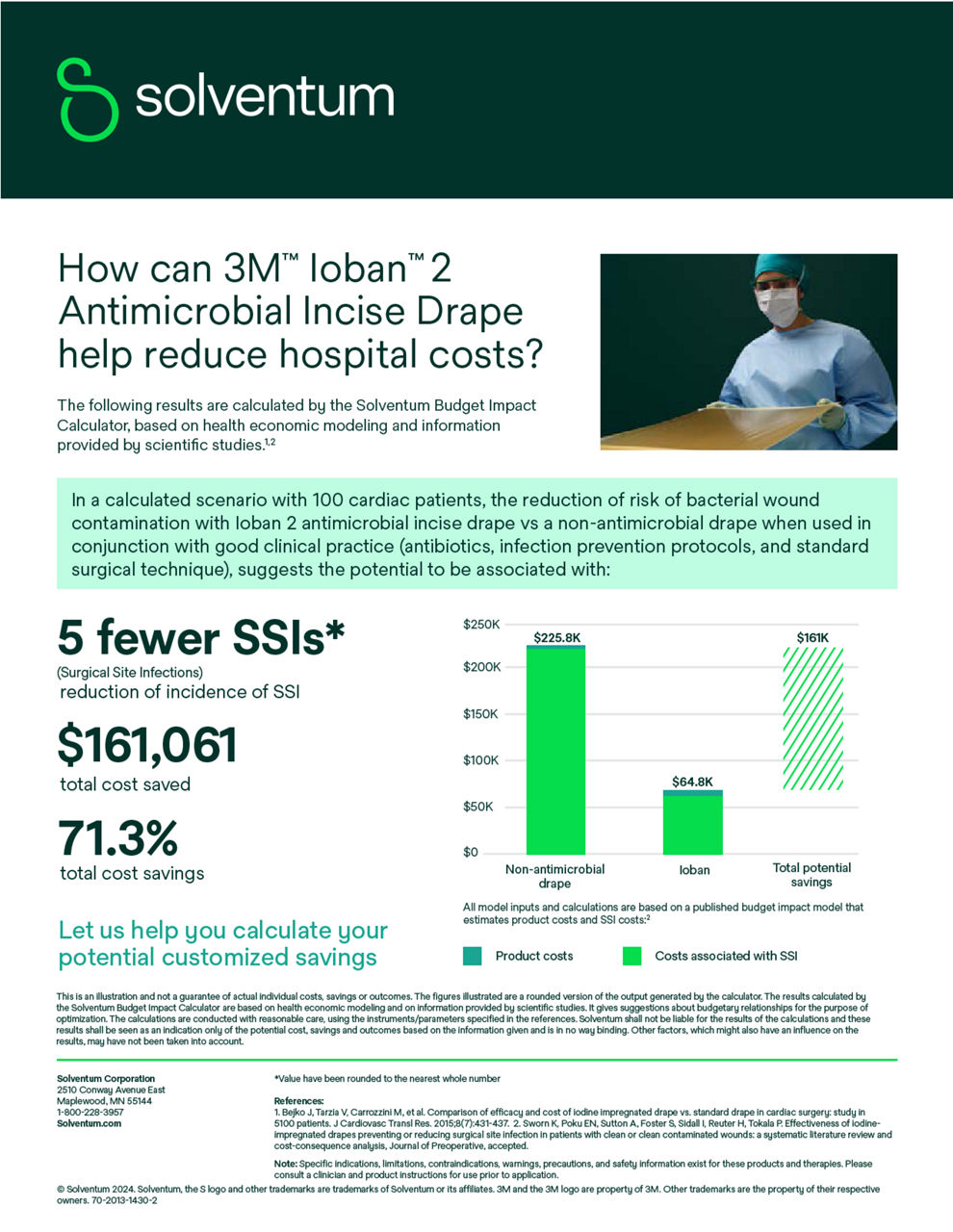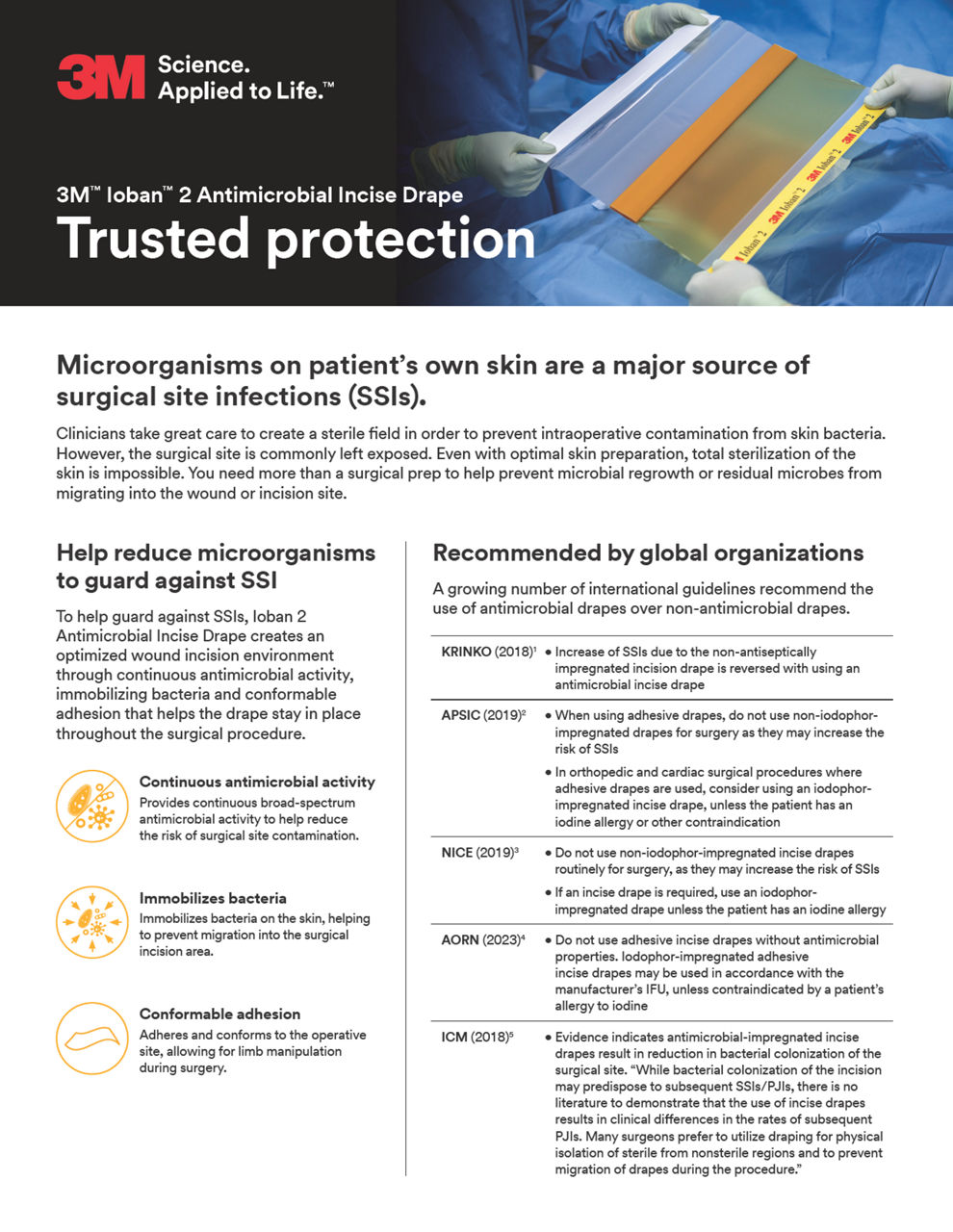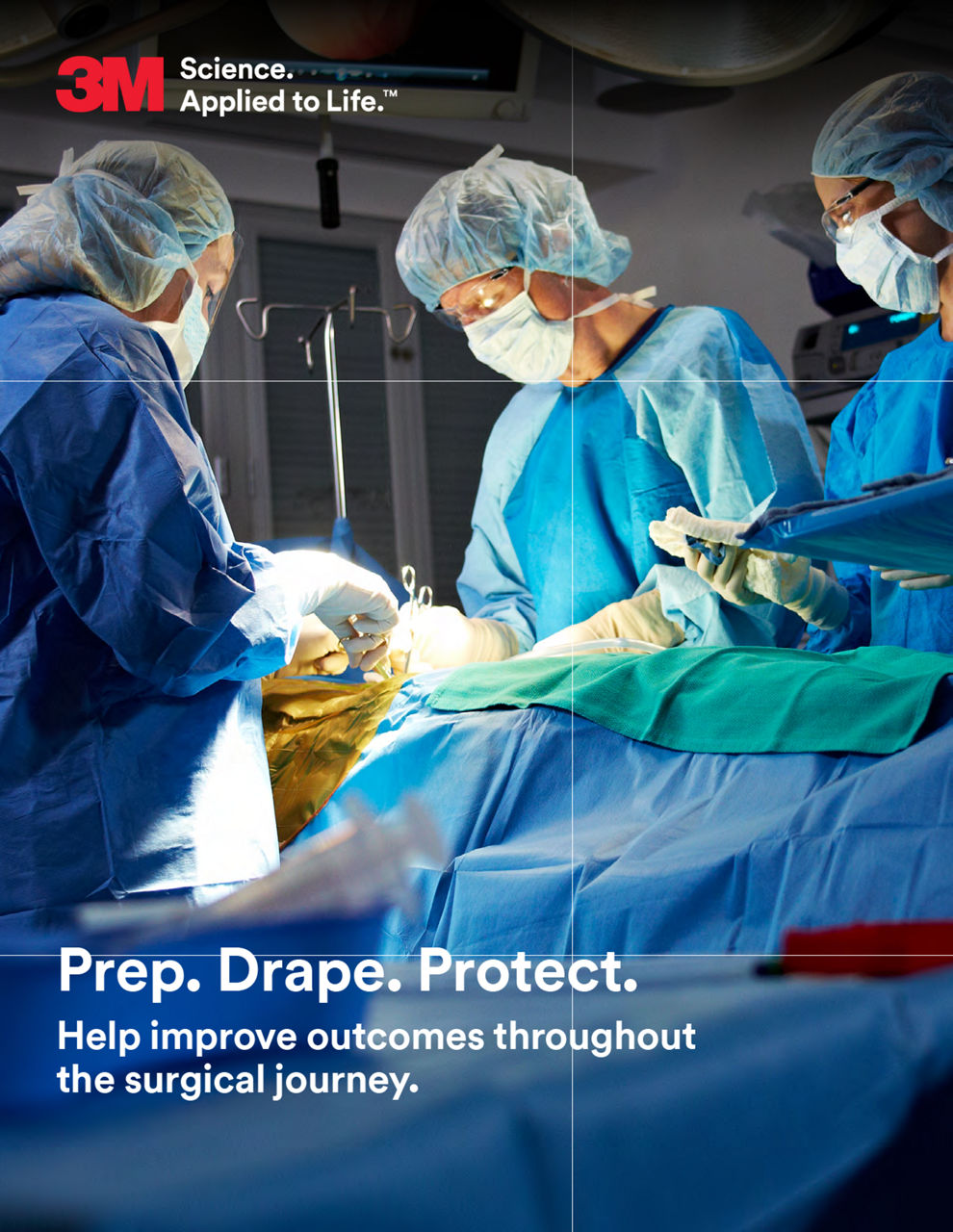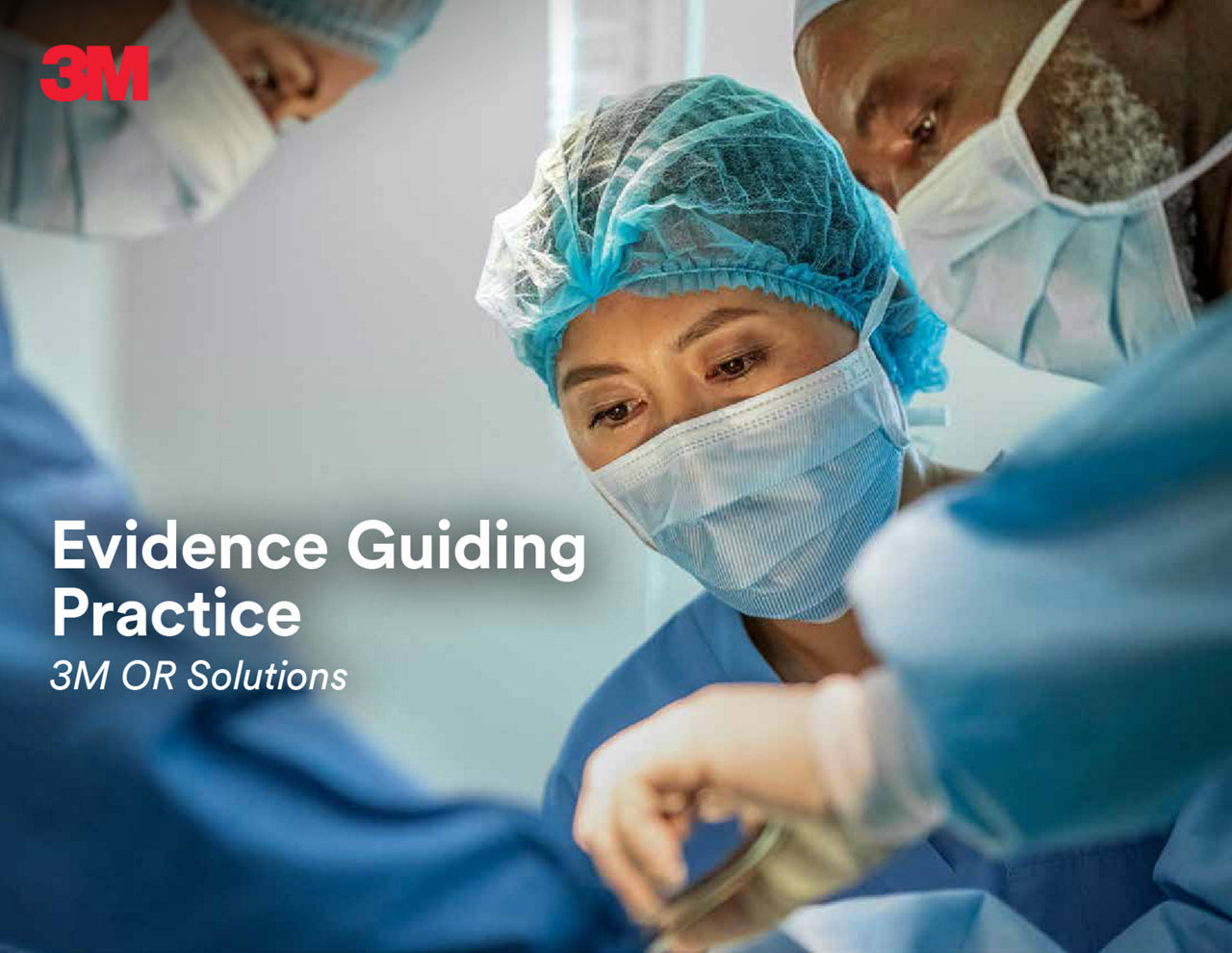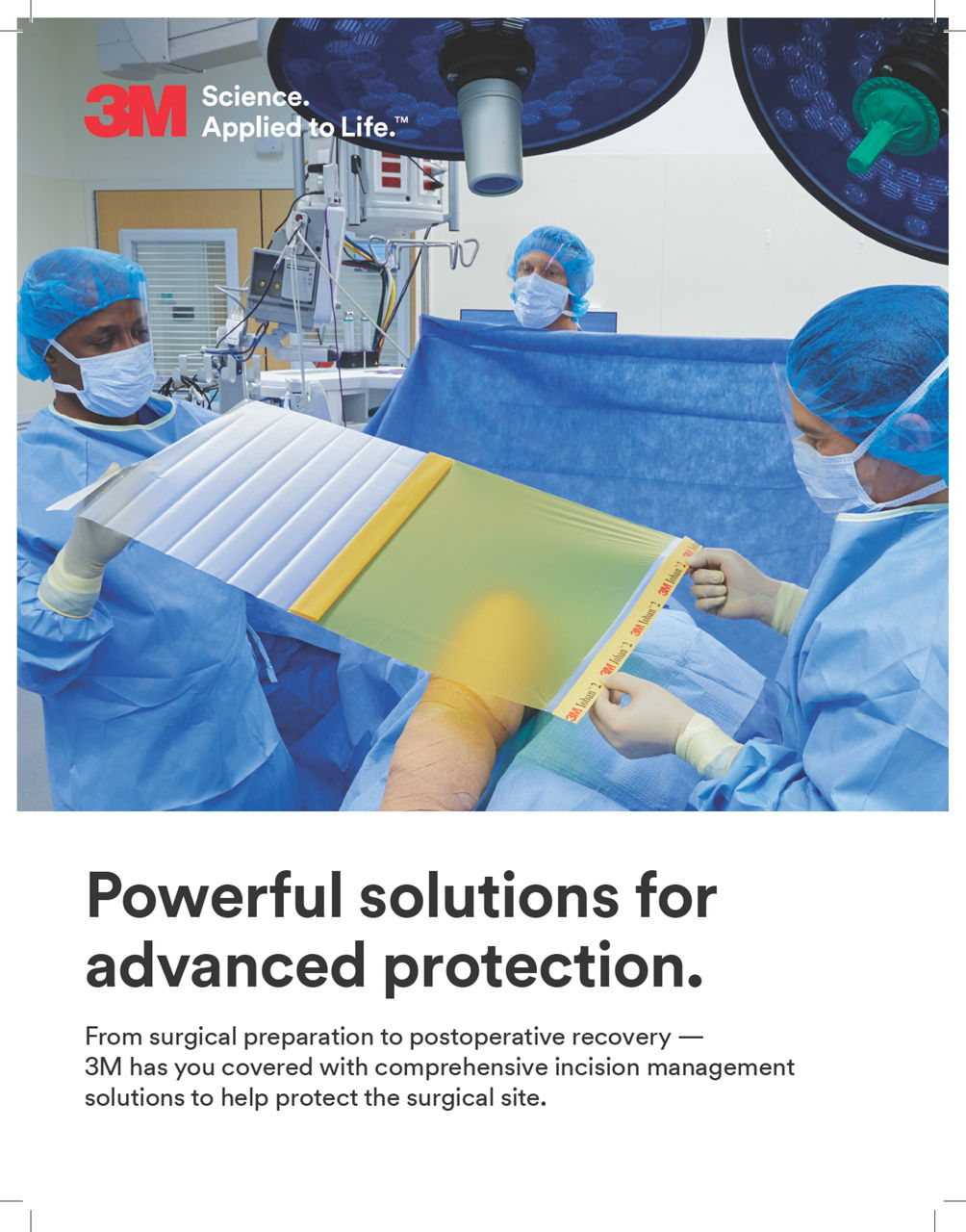Antimicrobial incise drapes
Reducing SSIs is possible with 3M™ Ioban™ antimicrobial incise drapes
Every patient undergoing surgery faces the risk of contracting a surgical site infection (SSI), primarily due to their skin flora.1,2 The skin can contain over 1 million bacteria per square centimeter.3 Unfortunately, SSIs not only affect a patient’s quality of life but also create stress for patients and their families. Additionally, they place a significant operational and financial burden on healthcare systems and professionals.

The true toll of SSIs
Antimicrobial incise drapes: Create a sterile surface
Backed by 40 years of strong clinical evidence
Prevent possible wound contamination with antimicrobial incise drapes. Incise drapes create a powerful physical barrier to prevent objects like instruments, gloves and sponges from contacting the patient’s skin, reducing the risk of contamination that could cause a costly and potentially devastating SSI.
During surgery, you need a trusted solution to help prevent microbial regrowth or residual microbes from migrating into the wound or incision site. Guard against SSIs with 3M™ Ioban™ 2 Antimicrobial Incise Drape and our new 3M™ Ioban™ CHG Chlorhexidine Gluconate Incise Drape (contains 2% w/w CHG). Our drapes reduce the risk of surgical site contamination which can lead to SSIs and other complications so that you can protect the surgical site and deliver compassionate care.
What makes our antimicrobial incise drapes different
Global guidelines recommend antimicrobial incise drapes
A growing number of international guidelines recommend the use of antimicrobial drapes over non-antimicrobial drapes. In fact, guidelines are shifting to distinguish between the benefits of antimicrobial and non-antimicrobial incise drapes.

KRINKO (2018)8
Increase of SSIs due to the non-antiseptically impregnated incision drapes is reversed with using an antimicrobial incise drape.
NICE (2019)9
Do not use non-iodophor-impregnated incise drapes routinely for surgery, as they may increase the risk of SSIs.
If an incise drape is required, use an iodophor-impregnated drape unless the patient has an iodine allergy.
ICM (2019)10
Evidence indicates antimicrobial-impregnated incise drapes result in reduction in bacterial colonization of the surgical site.
Support your surgical protocol with our solutions
We’re dedicated to making your patient’s surgical journey safer and easier. Explore our broad portfolio of evidence-based antimicrobial incise and specialty drapes designed to help protect patients and staff while helping to deliver optimal outcomes — every patient, every time.
The proof is in the science
Surgeons all over the world rely on 3M™ Steri-Drape™ Surgical Drapes to help support infection prevention in their operating rooms. Our single-use surgical drapes, made with innovative technologies and advanced materials, deliver exceptional performance and offer reliable infection prevention.
Types of surgical drapes:
3M Ioban resources:
Additional resources:
Reference
- Reichman DE, Greenberg JA. Reducing surgical site infections: a review. Rev Obstet Gynecol. 2009;2:212–21.
- Cheadle WG. Risk factors for surgical site infection. Surg Infect (Larchmt). 2006;7 Suppl 1:S7–11.
- Percival SL, Emanuel C, Cutting KF, Williams DW. Microbiology of the skin and the role of biofilms in infection. Int Wound J. 2012;9:14–32.
- Anderson DJ, Podgorny K, Berrios-Torres SI, et al. Strategies to prevent surgical site infections in acute care hospitals: 2014 Update. Infect Control Hosp Epidemiol. 2014;35(6):605–27.
- Anderson DJ, Kaye KS, Chen LF, et al. Clinical and financial outcomes due to methicillin resistant Staphylococcus aureus surgical site infection: a multi-center matched outcomes study. PLoS ONE. 2009;4:e8305.
- Zimlichman E, Henderson D, Tamir O, et al. Health care-associated infections: A meta-analysis of costs and financial impact on the U.S. health care system. JAMA Intern Med. 2013;173:2039-46.
- Casey AL, Karpanen TJ, Nightingale P, Elliott TSJ. Antimicrobial activity and skin permeation of iodine present in an iodine-impregnated surgical incise drape. J. Antimicrobial Chemotherapy. 2015.
- KRINKO Surgical Site Infection Prevention Guidelines, 2018.
- National Institute of Health and Care Excellence (NICE). Surgical site infections: prevention and treatment. (NG125) Published April 11, 2019. Accessed May 3, 2022.
- Atkins GJ, Alberdi MT, Beswick A, et al. General Assembly, Prevention, Surgical Site Preparation: Proceedings of International Consensus on Orthopedic Infections. J Arthroplasty. 2019;34(2S):S85-S92







